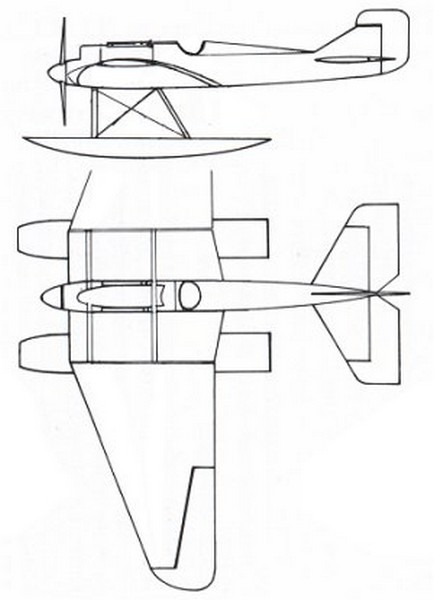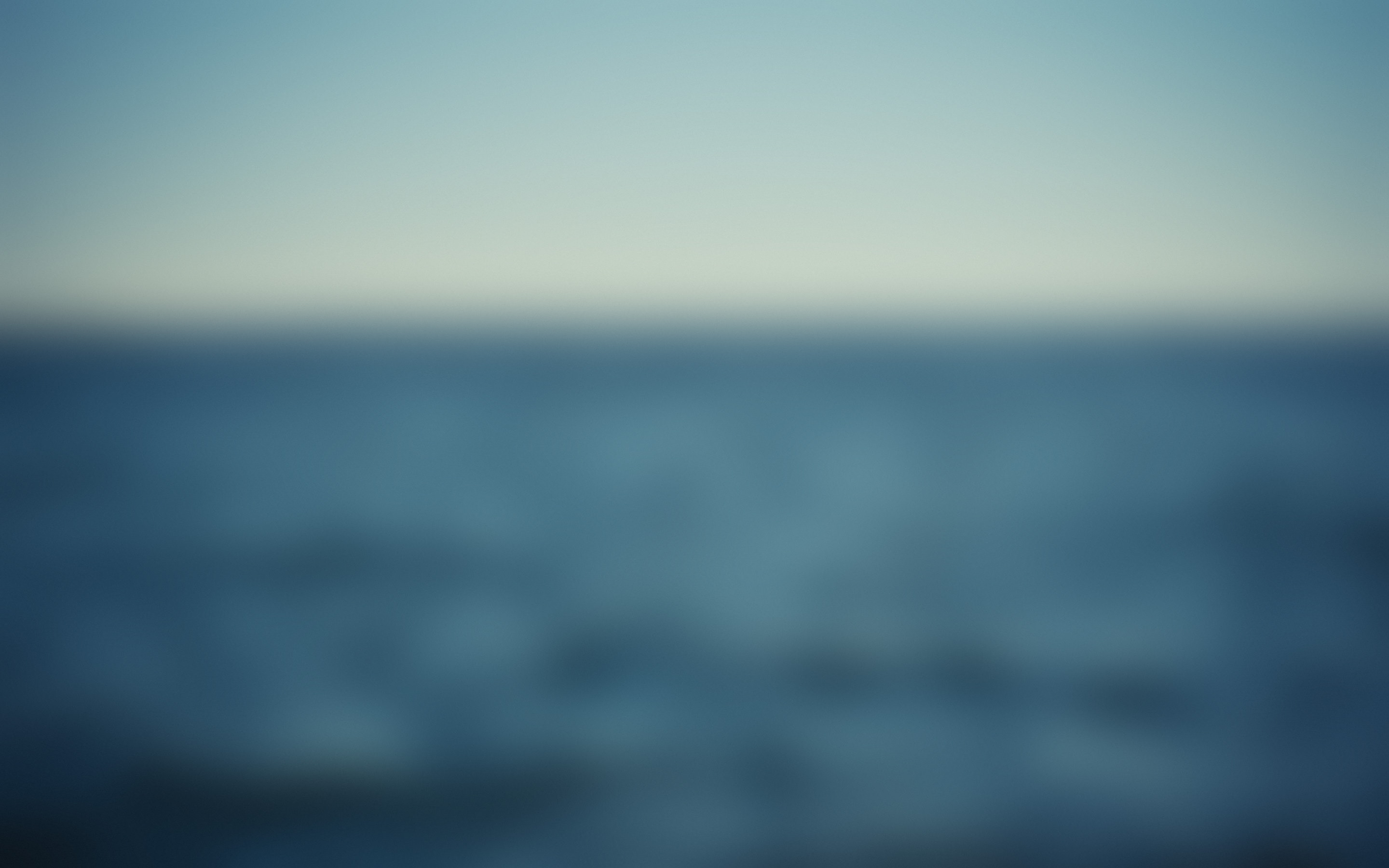Junkers JM (Marine)
Navy Seaplanes, 1916, None built

Junkers JM2-III
In 1916 the German Navy asked Junkers for the development of a three engined seaplane with large payload and range performances. Junkers engineer Jaeckel developed six proposals for that request under designator JM.1 The JM1/1 is a floater seaplane with a central fuselage and a double tail unit, three engines
JM1/2 is designed with two fuselages located on the two floaters, two engines
JM1/3 has one central fuselage with a single tail unit, one engine in fuselage, two on floaters
JM1/4 (as JM1/3) with two engines behind each other in central fuselage
JM1/5 (as JM1/4) but engines beside each other with one prop.
The designs JM1/1 to JM1/5 were not accepted by the Navy. Therefore a sixth design was developed as a monoplane in all metal construction. An order for three engined seaplane was given by the Navy in 1918. But due to the end of WWI this project was not finished.
The next seaplane design was the JM.2. This aircraft was a fighter and combat seaplane, which was started in 1917. The cantilever monoplane was also designed by Jaeckel. A parallel design was developed as a dualwing aircraft under the designator JM.2-II. An interesting fact is, that the JM.2-II got a wooden structure, which was fairly untypical for Junkers designs. This resulted from RMA fears of metal structures used in sea water environment. The RMA was interested in the second design and a developement order was placed in January 1917.
In March 1917 Junkers advised Jaeckel to change the design to a monoplane aircraft. This was done under the designator JM.2-III. Again the JM.2-III got a wooden structure. Major diffculties result from the bad pilot view below the aircraft, which was caused by the larger wing area.
None of the JM.2 designs reached a prototype status. The project was finally abandoned and the first Junkers seaplane became the J11 in 1918.
Technical Data:
| Aircraft | year | engine | length in m | span in m | wing area im sqm | net weight in kg | payload in kg | seats | speed in km/h | range in km |
|---|---|---|---|---|---|---|---|---|---|---|
| JM2 I JM2 II JM2 III | 1917 1917 1917 | 1 x 130 kW 1 x Mercedes D III (118kW) 1 x Mercedes D III (118kW) | n.a. n.a. n.a. | 18,80 14,00 n.a. | 45,00 25,00 27,40 | T/O 715 845 | 1300 270 240 | 1 1 1 | n.a. 180 180 | 2 hours 320 320 |
The JM.4 was developed due to a request of the German Navy in April 1917. The aircraft should be designed as a submarine aircraft, which could be mounted onboard the submarine within half an hour. Two Junkers designs JM4/I and JM4/II were developed as all metal constructions. but none of this designs were finalized.
The JM.6 is floating sea biplane for surveyer missions designed by Jaeckel in 1917.
Two designs JM6/Ia and JM6/Ib were developed but not built.
introduced Aug 2017
http://hugojunkers.bplaced.net/
contents last updated 18.08.2017

